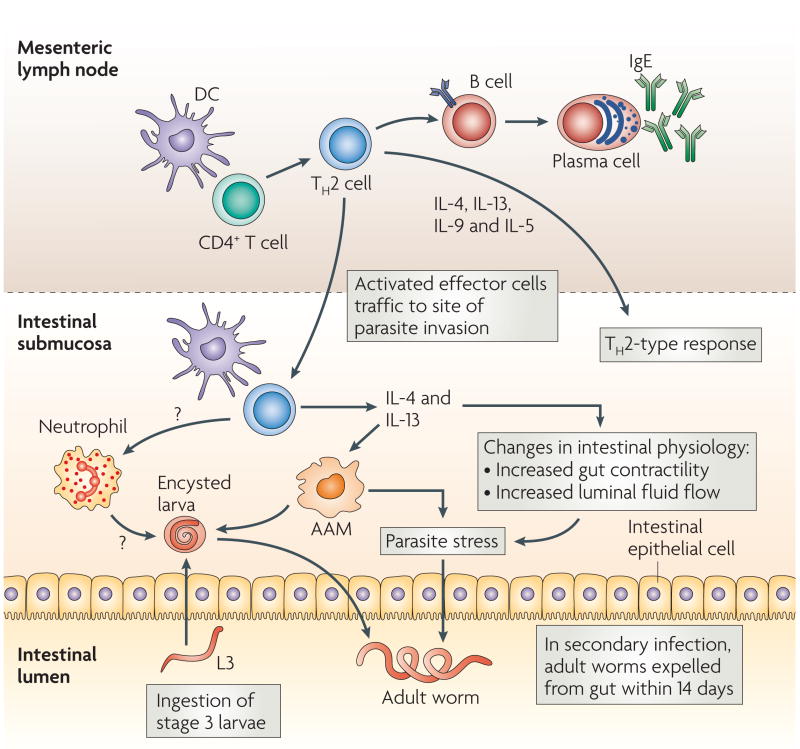Figure 1. Protective TH2-type response during intestinal nematode infection.
Infective third-stage larvae (L3) are ingested by the host. They then travel to the duodenum, invade the epithelia, and reside in the submucosa for 8 days, after which they re-enter the lumen of the duodenum as adult nematodes. Primary infections become established and chronic, but can be cleared by antihelminthic drug treatment. Challenge (secondary) infections are naturally cleared by the host by day 14 post-infection, making this an excellent model of protective memory T helper 2 (TH2)-type responses. Parasite antigens are presented to CD4+ T cells in mesenteric lymph nodes and other gut-associated lymphoid tissues, driving the induction of TH2 effector cells. These cells exert their effector functions through the production of a number of cytokines, including interleukin-4 (IL-4), IL-13, IL-9 and IL-5. TH2 cells induce B-cell immunoglobulin class-switching to IgE. Shortly after activation, TH2 effector cells migrate to the site of parasite residence in the submucosa. Within several days, a distinct immune-cell infiltrate appears which can damage the larval parasite after secondary, but not primary, inoculation. The infiltrate following secondary inoculation includes TH2 cells, dendritic cells (DCs), neutrophils and alternatively activated macrophages (AAMs). The TH2 cytokines IL-4 and IL-13 might also facilitate expulsion of adult parasites in the lumen by inducing changes in intestinal physiology.

